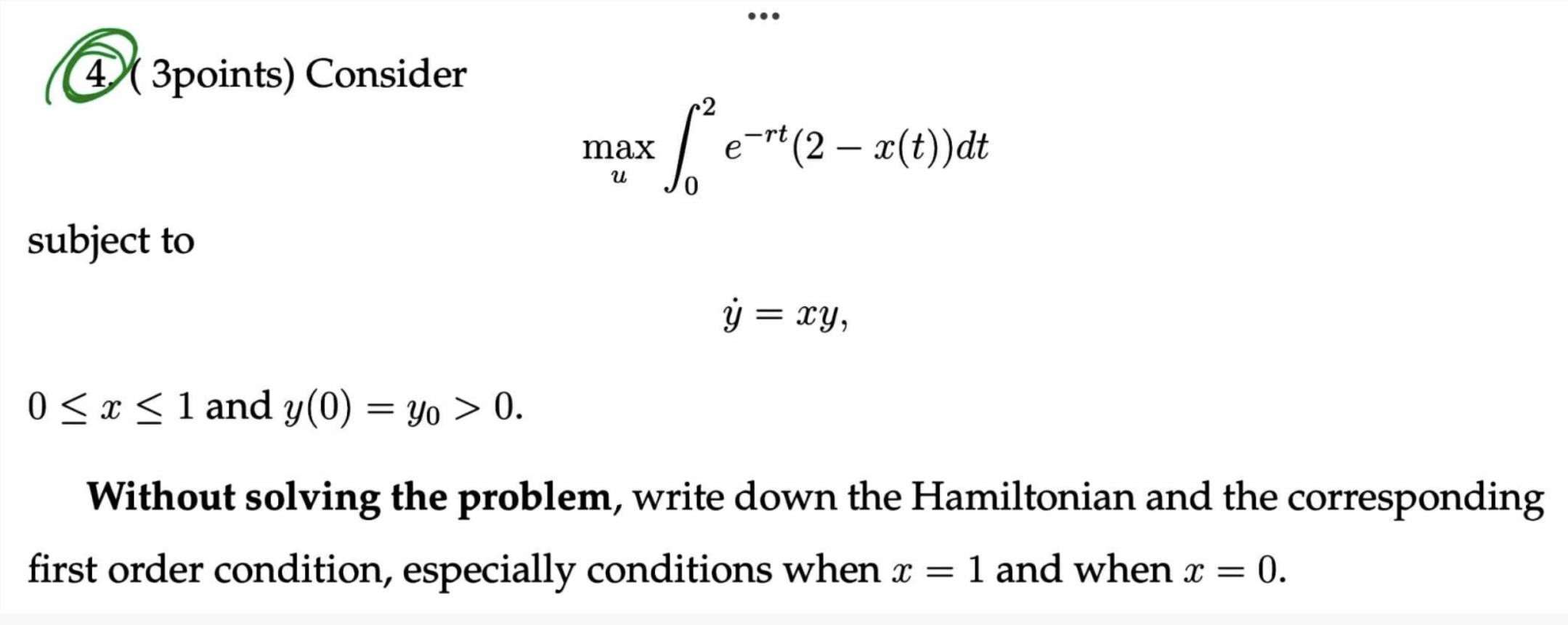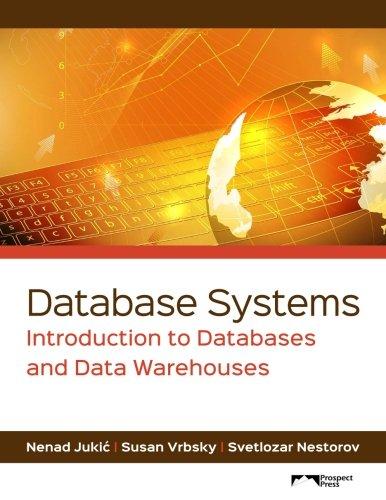Answered step by step
Verified Expert Solution
Question
1 Approved Answer
5 (3) points) Consider max_(x,y)g(x,y)=4(x-2)^(2)+3(y-1)^(2) subject to x+y=1,AAy. Without solving the problem write down the Kuhn-Tucker conditions.(4) (3points) Consider max_(u)int_0^2 e^(-rt)(2-x(t))dt subject
5 (3) points) Consider\
max_(x,y)g(x,y)=4(x-2)^(2)+3(y-1)^(2)\ subject to\
x+y=1,AAy.\ Without solving the problem write down the Kuhn-Tucker conditions.(4) (3points) Consider\
max_(u)\\\\int_0^2 e^(-rt)(2-x(t))dt\ subject to\
y^()=xy\
0 and
y(0)=y_(0)>0\ Without solving the problem, write down the Hamiltonian and the corresponding\ first order condition, especially conditions when
x=1 and when
x=0.

Step by Step Solution
There are 3 Steps involved in it
Step: 1

Get Instant Access to Expert-Tailored Solutions
See step-by-step solutions with expert insights and AI powered tools for academic success
Step: 2

Step: 3

Ace Your Homework with AI
Get the answers you need in no time with our AI-driven, step-by-step assistance
Get Started


